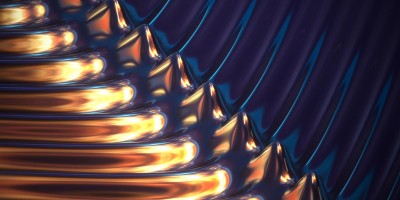Although two-photon absorption in a semiconductor is typically a very weak effect, the rate of absorption increases dramatically when the two photons have very dissimilar wavelengths, enabling applications such as ultrafast optical sampling and room-temperature mid-infrared detection.

References
Fishman, D. A. et al. Nature Photon. 5, 561–565 (2011).
Ranka, J. K. et al. Opt. Lett. 22, 1344–1346 (1997).
Salem, R. et al. J. Lightwave Technol. 24, 3353–3362 (2006).
Wielandy, S. et al. J. Lightwave Technol. 22, 784–793 (2004).
Wherrett, B. S. J. Opt. Soc. Am. B 1, 67–72 (1984).
Hutchings, D. C. et al. J. Opt. Soc. Am. B 9, 2065–2074 (1992).
Author information
Authors and Affiliations
Corresponding author
Rights and permissions
About this article
Cite this article
Murphy, T. Exploiting disparity. Nature Photon 5, 515–516 (2011). https://doi.org/10.1038/nphoton.2011.202
Published:
Issue Date:
DOI: https://doi.org/10.1038/nphoton.2011.202
- Springer Nature Limited


